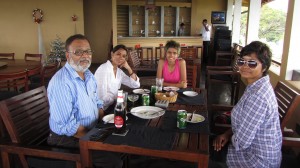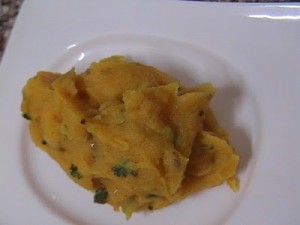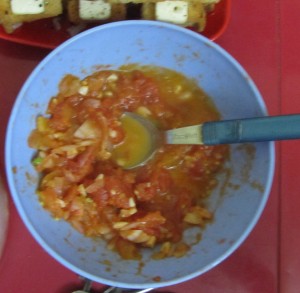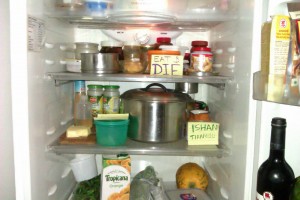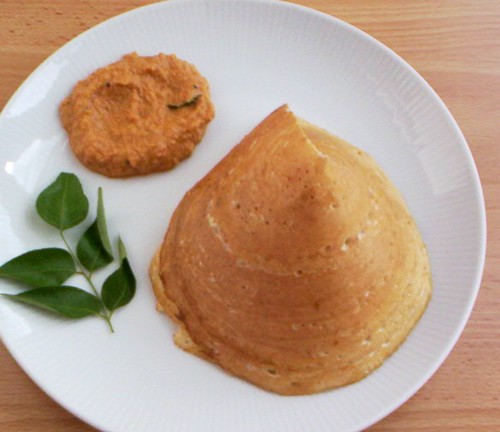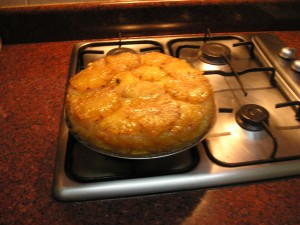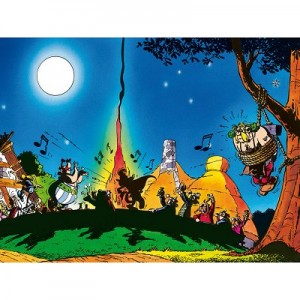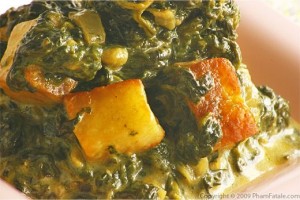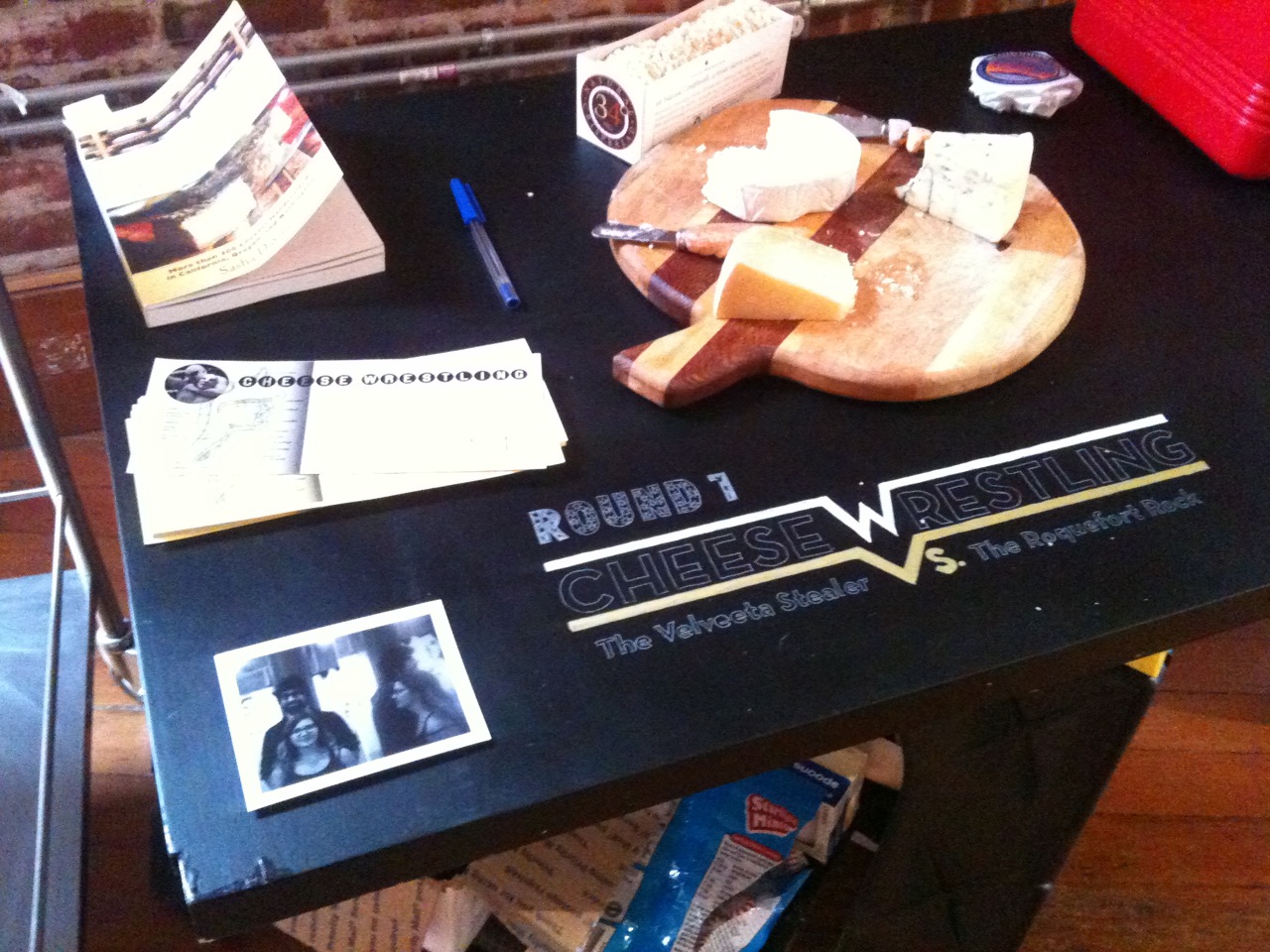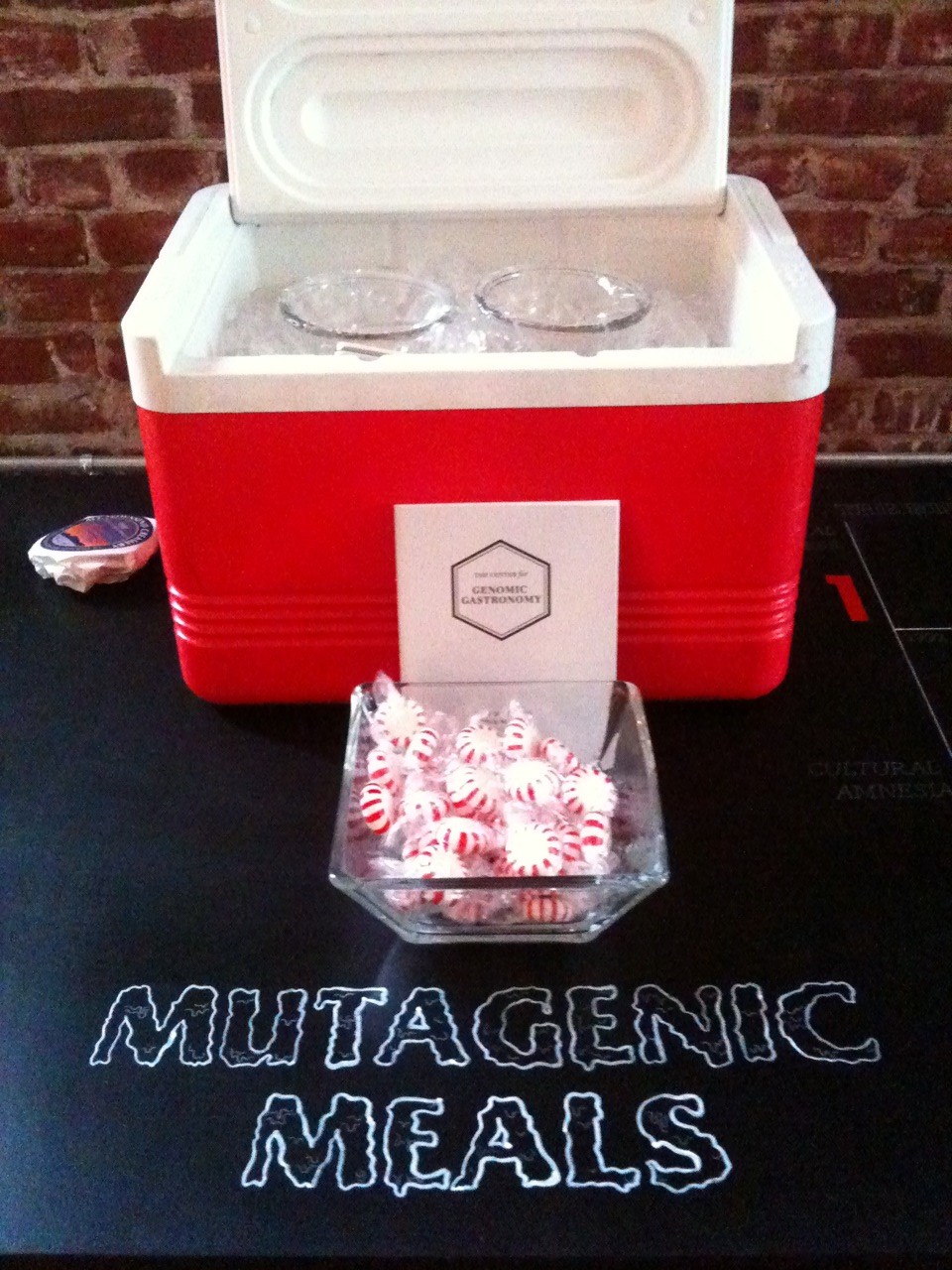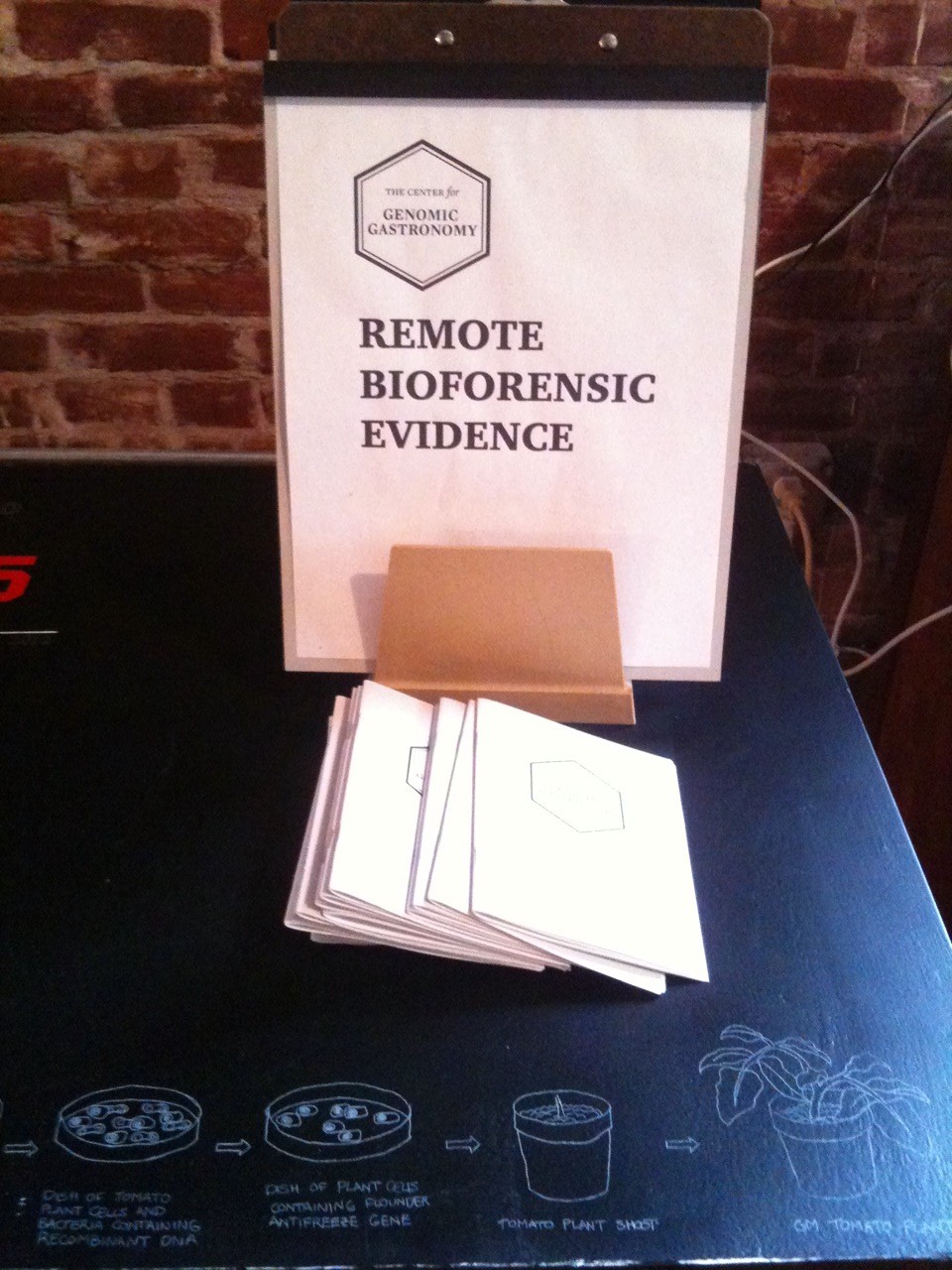Hey I am Anchana
I am from Coimbatore, I studied in Rishivalley, and have been studying in Srishti school of art and design for the past one and a half years.
The nostalgic history
Banana leaves and silver plates,
The aromas of spices and vegetables
Bubbling gravy, oil soaked newspaper
sitting on a high chair leaning on the table
Salivating as words float about in different languages
About different days and different food.
The hot cases come onto the table one by one
Rice, sambar, rasam, porrial, curd, pickle, podi…
It’s a ritual we fell into. It something we looked forward to.
It was food that brought us together.
The sambar poured into the rice, mixed and divided onto plates.
Followed by a course of rice and rasam accompanied by the recently fried savory.
Finished of with curd rice.
Its food our ancestors passed on from city to city, adapting changing through generations,
From Kota to Madurai to Coimbatore.
Lentils, rice, chillies, mint leaves, bay leaves, turmeric, cloves, cardamom, salt and pepper,
we have been taught to differentiate appreciate and consume with pleasure.
Through generations we have taken food to another level.
South Indian Cuisine 
All time consumables
Its all about balance, balance between textures and balance between tastes and smells.
1. MEXICAN TACO
A Mexican taco is my favorite food as it is the perfect balance between crunchy and soft. A sandwhich is too soft, a packet of chips is only crunch, a masala papad is over bearing in its taste so you do not feel the textures, but a taco which has a beans or a chicken filling and gives room for a spicy sauce has the perfect balalnce of taste and texture. The very first time i had a taco was in a restaurant in my hometown, which was experimenting with food from various parts of the world. It was a different kind of taco, which was topped with hung curd (http://www.wikihow.com/Make-Hung-Curd) and a little cheese. It was quite a task eating it because with every bite more of the shell would break and the filling would fall out. But after the first time I had it I was hooked.
Every once in a while I visit Taco Bell where they serve large varieties of tacos or go to restaurants where they serve tacos. The taco shells itself are never made in the restaurant itself, they shipped in plastic packages. I am assuming they are bought ready made, but I am not sure where the supplier is. Is there one large Taco Bell factory in India that makes all of the hard Corn Tortillas or are they flown in? I was surprised to learn..or Doing the research for this blog I learned….The real Mexican taco actually does not have a hard shell but is a soft corn bread wrapped around chicken or beans. The crunchy taco was an invented in Texas. http://www.tacobell.com/
Milk and biscuits is another favorite that I can eat at all times f the day. It has to be chocolate chip biscuits and cold milk, so that the milk does not soak the biscuits to fast so there is a slight element of crunchiness the over bearing sweetness of biscuits is reduced by the milk. The prefered biscuits are britania goodday chocolate chip biscuits. It’s an Indian brand of biscuits.
A fruit juice is the healthiest refreshing drink. Every fruit has its own set of nutritional values that is necessary for our body. You can get fresh squeezed fruit on the street (Musambi, Chickoo, Apple, Pineapple) and pre-packaged flavored juice-drinks (Cranberry Cocktail…)
I enjoy any form of fruit and a juice is the easiest way of consuming it without having anything drip down your elbow or cover your face. Be it packaged or fresh fruit, as long as it is not saturated with sugar it is the best drink. It is very convenient that every fruit can have either milk or water added to its pulp to make it a refreshing drink.
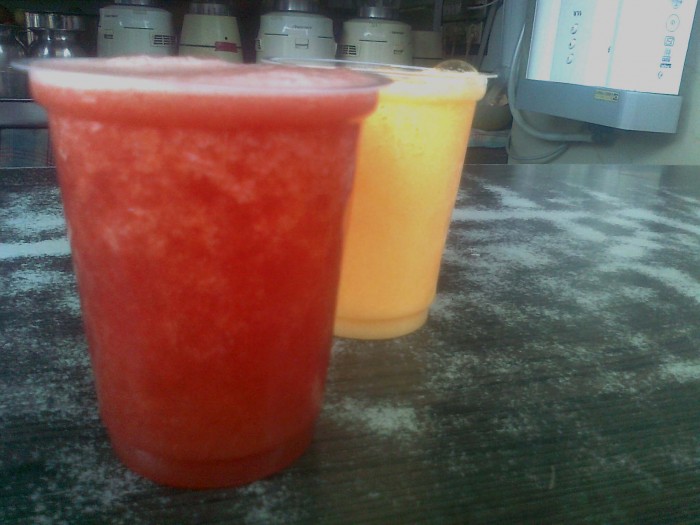
Two juices I bought freshly blended at the store. You can see the mixers at the back.
FoodLab Bangalore – is a 3 week workshop the Center for Genomic Gastronomy conducted with sophomores from the Srishti School of Art, Design & Technology in the fall of 2011. Students will examine innovation and conservation in South Asian food cultures, building on recent research of the Center (utopian cuisines, mutagenic meals) and working towards the next edition of the Planetary Sculpture Supper Club to be held in Bangalore on Nov. 12th.
Follow the conversation all week here on our Blog, join in the comments and use the twitter hashtag #foodlabbangalore to keep up to date.





